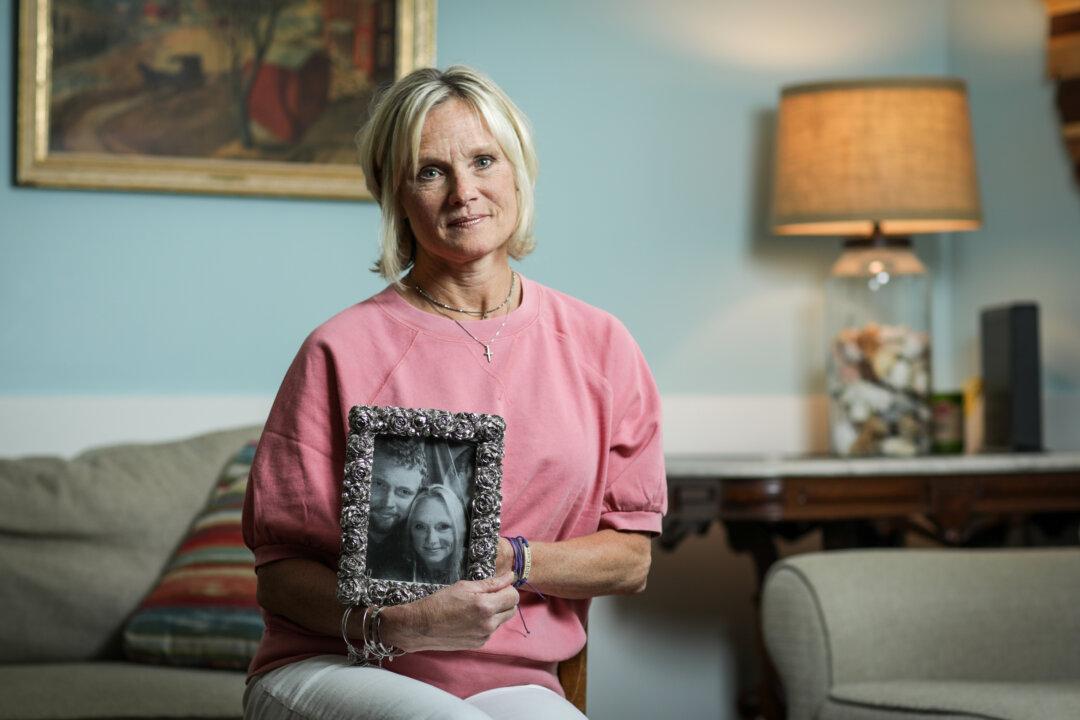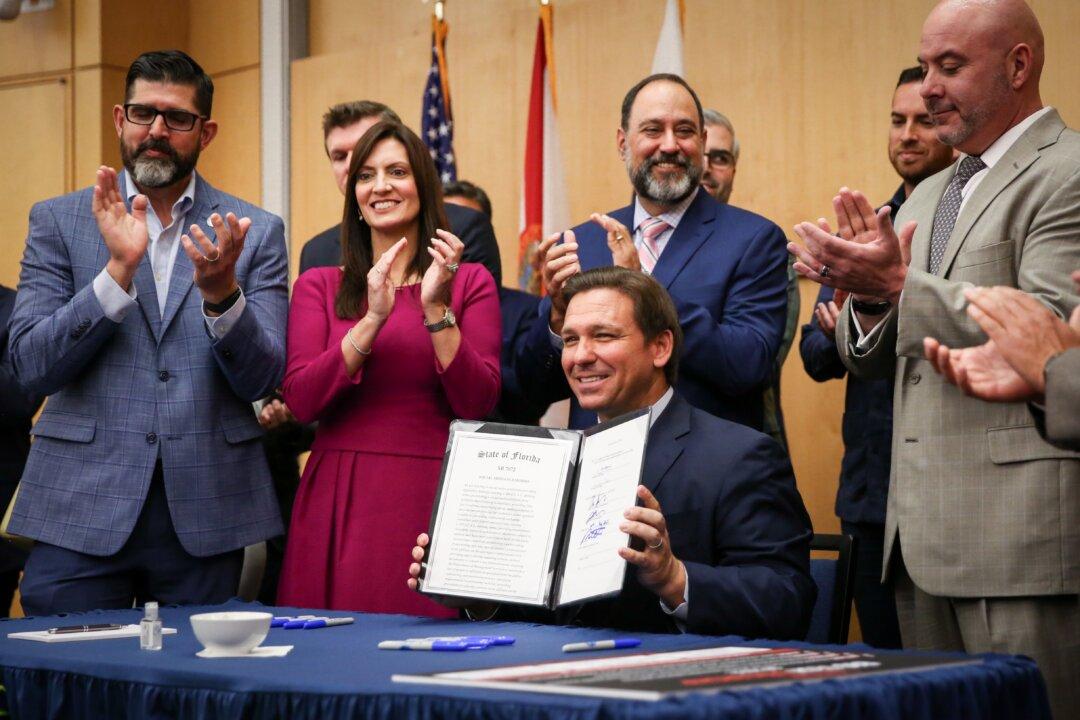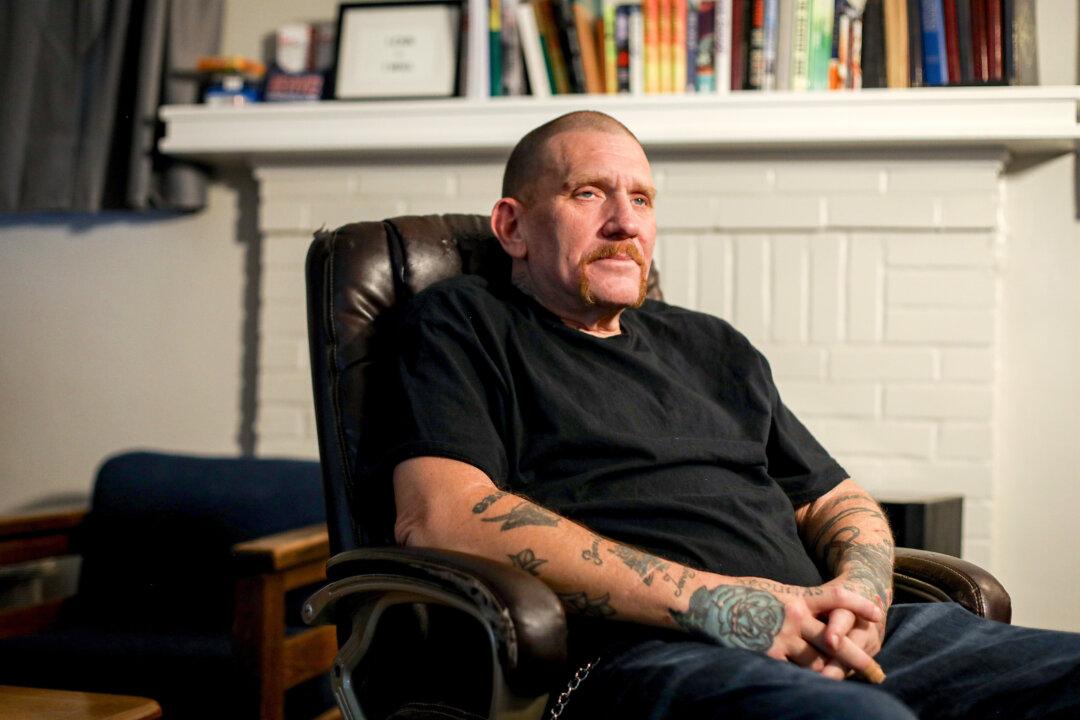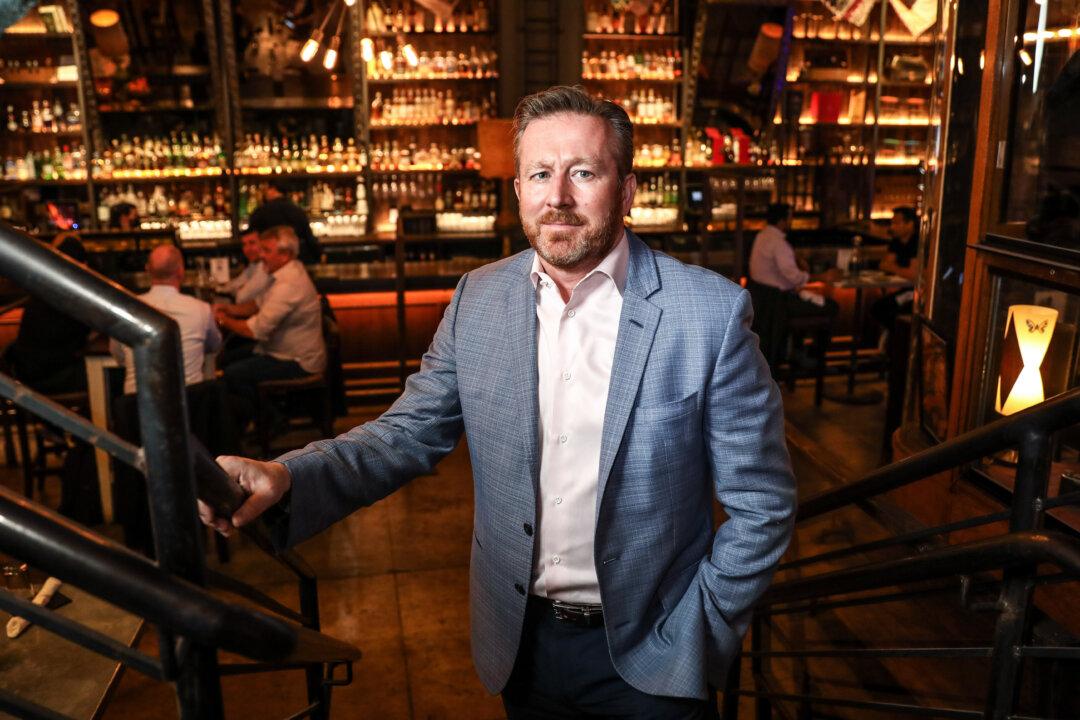NEW YORK—One boy was trafficked with his mother by her husband and held in captivity for most of his life. Another was lured through video games into a family that forced him to have sexual relations with them and their friends. Yet one more, a foster care runaway, was picked up in the street and offered a place to stay—in exchange for sex.
These cases point to only a drop in the ocean of what many boys go through in the United States. Human trafficking, or “modern-day slavery,” is a broad term used to describe victims of forced labor, sexual exploitation or servitude, and forced marriages, among numerous other abuses. Trafficking is a problem that affects both genders, but many argue that among the victims, all aren’t receiving an equal amount of attention.





